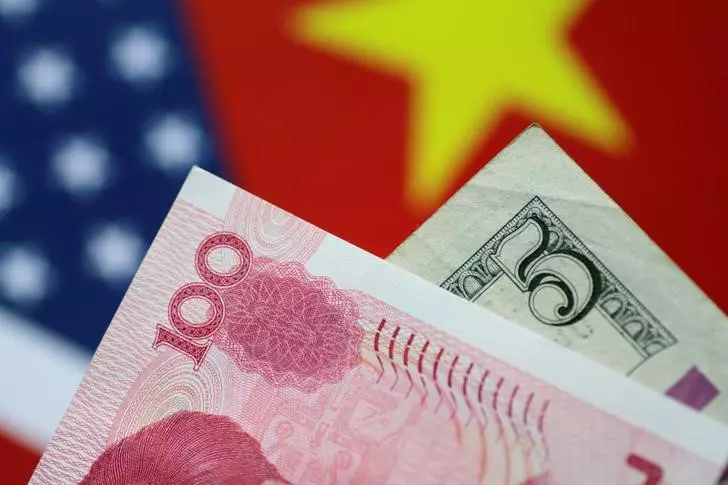The landscape of Asian currencies is currently navigating through a complex web of influences, primarily orchestrated by the movements of the U.S. dollar and the economic pulse of China. As we approach a crucial Federal Reserve meeting, the anticipation of policy changes looms large, compelling investors to rethink their strategies in the currency markets. This article aims to critically analyze the recent performance of Asian currencies amidst these varied influences while shedding light on the underlying economic indicators that dictate their movements.
The U.S. Federal Reserve’s imminent decision on interest rates is a significant factor influencing the global currency markets. With expectations leaning towards a 25 basis points cut, many might assume that the dollar would weaken. However, a contrary trend is observable—speculations regarding a decelerated rate-cut trajectory in 2025 are providing the dollar with a robust support base. Despite a slight decrease in the U.S. Dollar Index during recent trading hours, its position near a three-week high is telling of market sentiment; traders remain cautiously optimistic about the dollar’s strength as evidenced by the marginal shifts in Dollar Index Futures.
Economists and market analysts find that such a paradox underscores a complex interaction between anticipated short-term monetary easing and the long-term trajectory of interest rates. The interplay here creates a trade-off for investors, who must balance potential short-term gains against longer-term stability.
China’s economy, serving as a critical engine for regional growth, is presently under scrutiny due to mixed signals in its economic data. While industrial production figures for November met forecasts, hinting at some level of resilience bolstered by recent stimulus measures, the housing market reveals a more distressing picture. The marginal decline in home prices, although the slowest in 17 months, reflects a lingering malaise within the property sector—a key contributor to the overall economic health.
Moreover, disappointing retail sales figures act as a stark reminder of the challenges besetting consumer spending in China. This mismatch in data not only reveals the complexities of China’s recovery strategy but also contributes to wider anxiety across the Asia-Pacific region. Analysts caution that without tangible improvements in household confidence, and effective policy measures to stimulate consumption, the pathway to a robust economic recovery might be longer than anticipated. As articulated by ING analysts, the expected supportive policies could potentially rejuvenate retail sales growth by 2025—yet this remains an uncharted territory laden with uncertainty.
As the Chinese economy shows signs of stress, the repercussions resonate throughout surrounding economies, resulting in a cautionary stance for various Asian currencies. The stronger dollar, fueled by muted Fed rate-cut expectations and geopolitical maneuvering such as tariff impositions, is creating a challenging environment for currencies like the Japanese yen and the South Korean won.
In Japan, for instance, the USD/JPY pair displays minimal fluctuations as market participants brace for the Bank of Japan’s anticipated decision to maintain status quo on interest rates, diverging from earlier projections of potential hikes. This suggests a cautious approach in an economy grappling with its own set of challenges.
The situation in South Korea is equally precarious, especially following the impeachment of President Yoon Suk Yeol and the subsequent political instability. The finance ministry’s pledge to implement market stabilization measures underscores the urgent need for proactive strategies to counteract economic shocks, which adds another layer of complexity to currency trading in the region.
The intricate relationship between the dollar’s performance, the Federal Reserve’s policy decisions, and China’s economic indicators presents a multifaceted challenge for Asian currencies. While immediate implications surround trading strategies, the broader narrative revolves around economic resilience in the face of rising geopolitical tensions and domestic policy dynamics. Navigating these waters requires astute analysis and a willingness to adapt to rapidly changing circumstances—a testament to the intricate nature of global finance, where each currency is but a reflection of a larger economic dialogue. The coming months will be pivotal as investors closely monitor these developments to re-align their strategies in an ever-evolving landscape.

